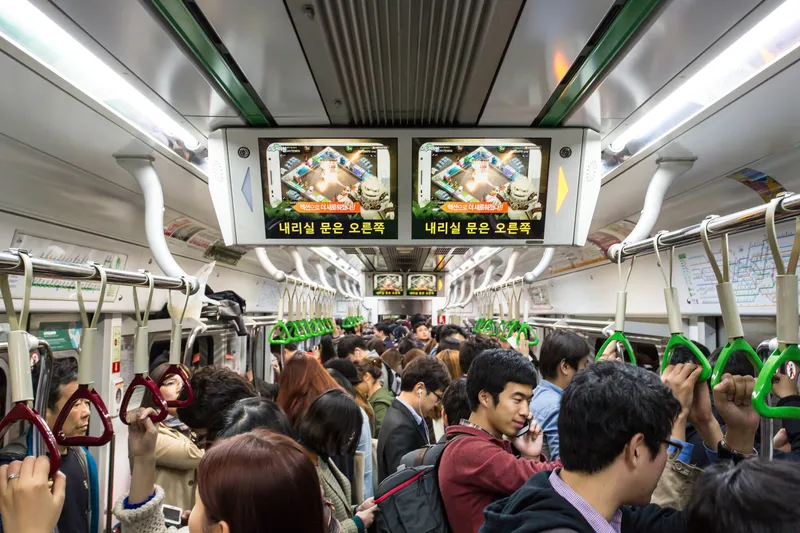Sydney, Australia, has retired its last paper public transport tickets and completed the transition to the Cubic-designed Opal smart card ticketing system.
Launched in December 2012, the Opal card system, which was designed, installed and operated by Cubic, is now used for 95 percent of all public transport trips. To date, customers have taken 800 million trips and more than 7.5 million cards have been issued.
Starting this month, the old-style paper tickets will no longer be sold or accepted, markin
August 12, 2016
Read time: 2 mins
Sydney, Australia, has retired its last paper public transport tickets and completed the transition to the 378 Cubic-designed Opal smart card ticketing system.
Launched in December 2012, the Opal card system, which was designed, installed and operated by Cubic, is now used for 95 percent of all public transport trips. To date, customers have taken 800 million trips and more than 7.5 million cards have been issued.
Starting this month, the old-style paper tickets will no longer be sold or accepted, marking the completion of Sydney’s transition to the modern, integrated electronic-ticketing system.
Customers who don’t have an Opal card can now purchase the single-trip smart cards through 255 Opal top-up machines, which are located at train, light rail and ferry stops.
Opal card technology will make it much easier to gather essential information, with strong privacy controls, to study the travel patterns of frequent and infrequent public transport users, providing transport planners with a better understanding of how customers use the system, so services can be adjusted to meet the demand.
An Opal-only system is also expected to save millions of dollars through reducing fare evasion, particularly by the misuse of concession paper tickets, which currently cost taxpayers US$22 million a year.
Launched in December 2012, the Opal card system, which was designed, installed and operated by Cubic, is now used for 95 percent of all public transport trips. To date, customers have taken 800 million trips and more than 7.5 million cards have been issued.
Starting this month, the old-style paper tickets will no longer be sold or accepted, marking the completion of Sydney’s transition to the modern, integrated electronic-ticketing system.
Customers who don’t have an Opal card can now purchase the single-trip smart cards through 255 Opal top-up machines, which are located at train, light rail and ferry stops.
Opal card technology will make it much easier to gather essential information, with strong privacy controls, to study the travel patterns of frequent and infrequent public transport users, providing transport planners with a better understanding of how customers use the system, so services can be adjusted to meet the demand.
An Opal-only system is also expected to save millions of dollars through reducing fare evasion, particularly by the misuse of concession paper tickets, which currently cost taxpayers US$22 million a year.









